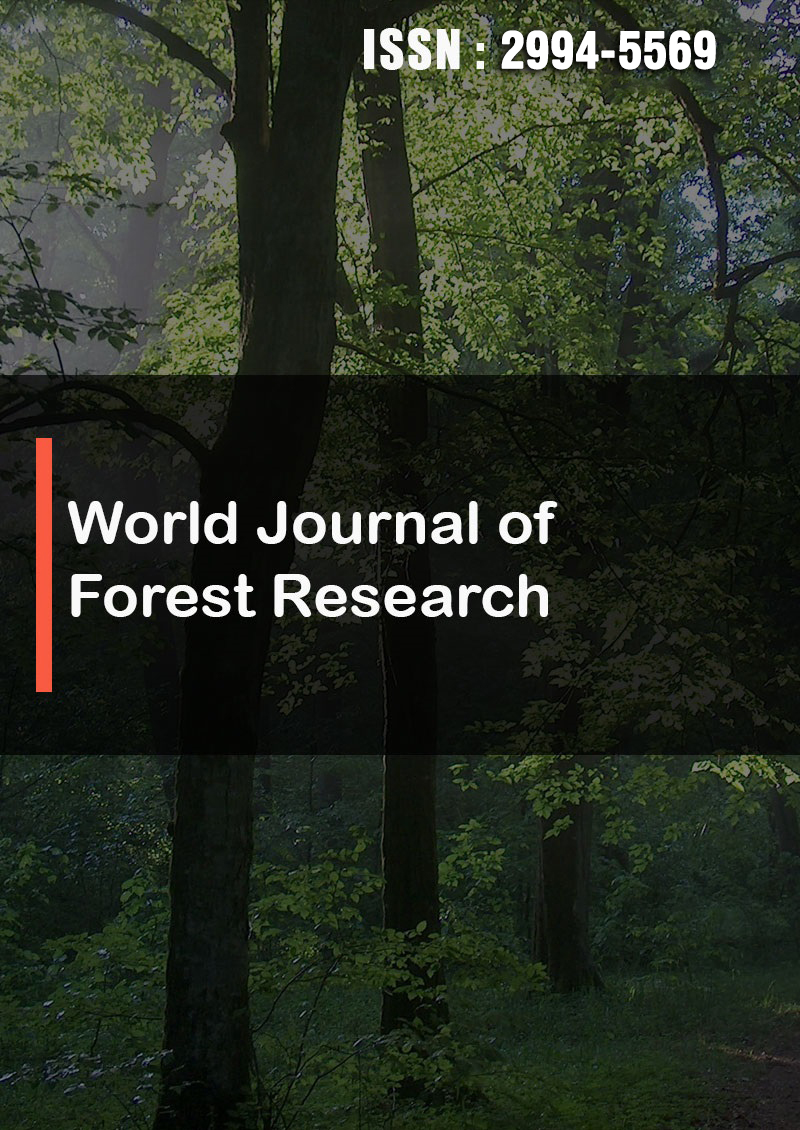Altitudinal Patterns of Foliar Nutrients in Dominant Tree Species: Are Central Himalayan Forests Nutrient Stressed?
Abstract
Pradeep Singh., G. C. S. Negi
In forest ecosystems nutrient availability is one of the most important drivers of tree growth and ecosystem function. We studied changes in soil and foliar nutrients (N, P & K) and leaf N and P stoichiometry in eight dominant canopy and sub-canopy forest tree species of Central Himalayan forests occurring between 300 and 2200 m asl. Nutrient (N, P & K) concentration in leaves at bud break, mature and senescent stage varied significantly across the tree species. The nutrient resorption efficiency (NRE) varied significantly across the species and found ranging for N from 48.7 - 76.8%. Both the nitrogen resorption efficiency (NRE) and phosphorus resorption efficiency (PRE) increased linearly with altitude (R2= 0.647 for NRE significant at p< 0.05; and R2 for PRE= 0.525; NS) pointing out that trees growing in temperate climate conserve nutrients more efficiently to withstand the slow mineralization due to cold climate. With the increasing altitude leaf life-span increases significantly (R2= 0.0025; p< 0.0074). ANOVA indicates that the foliar N and P and altitude were unrelated. The low N: P ratio, a measure of nutrient status of forest ecosystems at senescent leaf stage, found ranging from 9.97 in Q. floribunda to 18.8 in P. roxburghii points out that forests of the study region are nutrient stressed, partly due to low P mineralization in temperate climate, leaching of nutrients due to heavy monsoon rain, and poorly developed underlying geology. Thus, the Central Himalayan forests are characterized by high NRE and low growth rate with increasing altitude. Winter season warming might help improve the nutrient availability in the forest floor and nutrient uptake to enhance nutrient cycling and biomass productivity in these forests.




